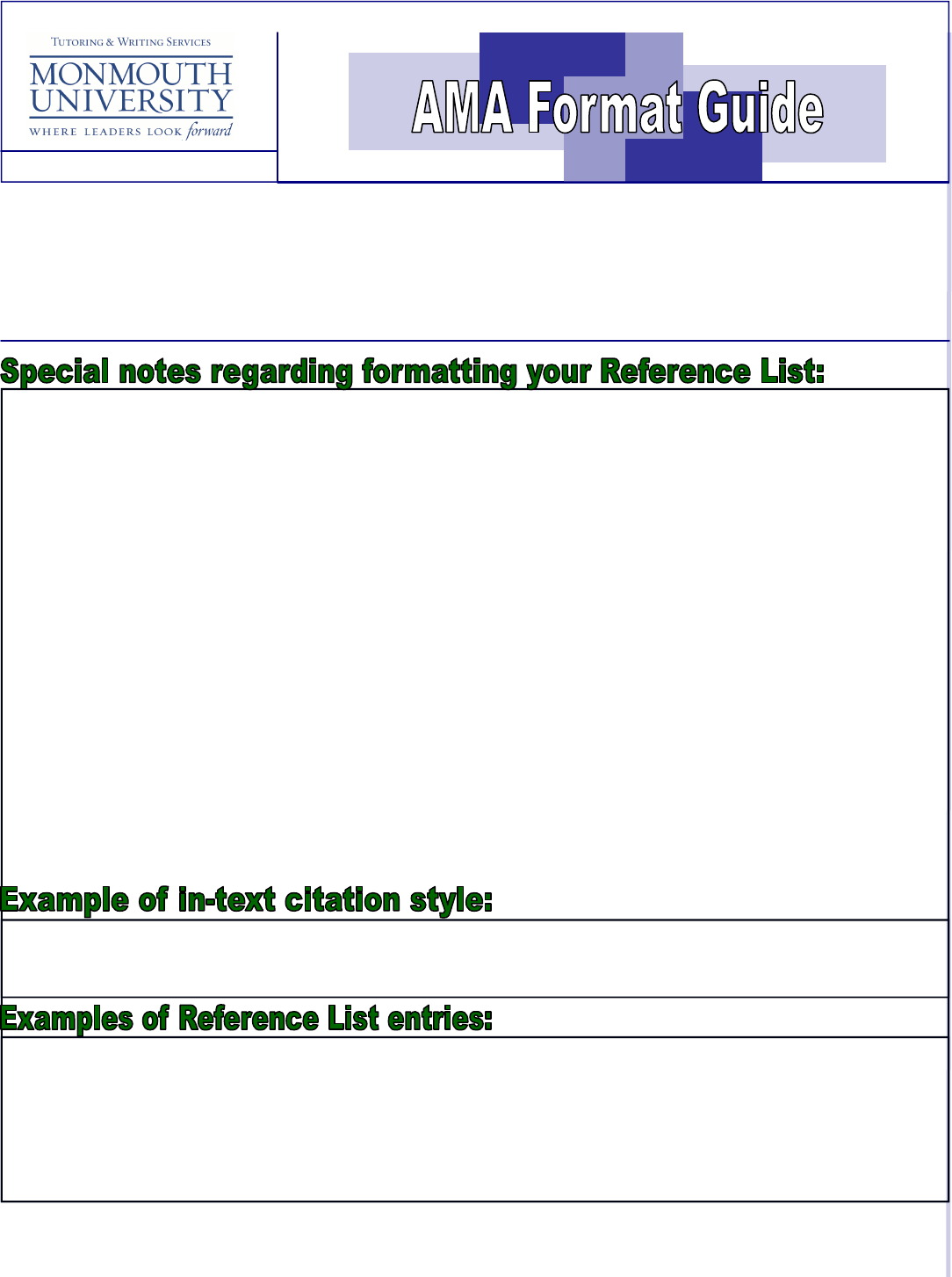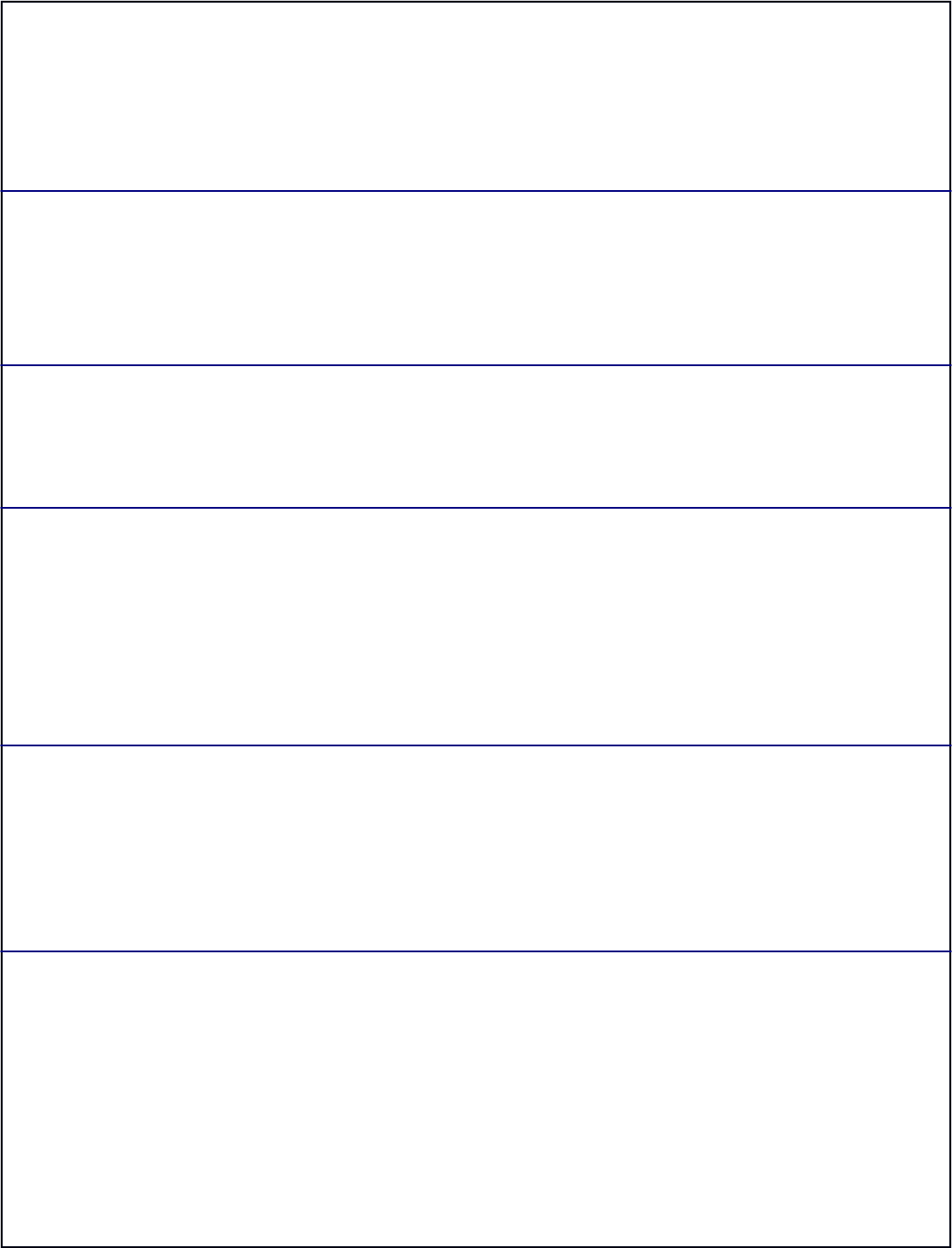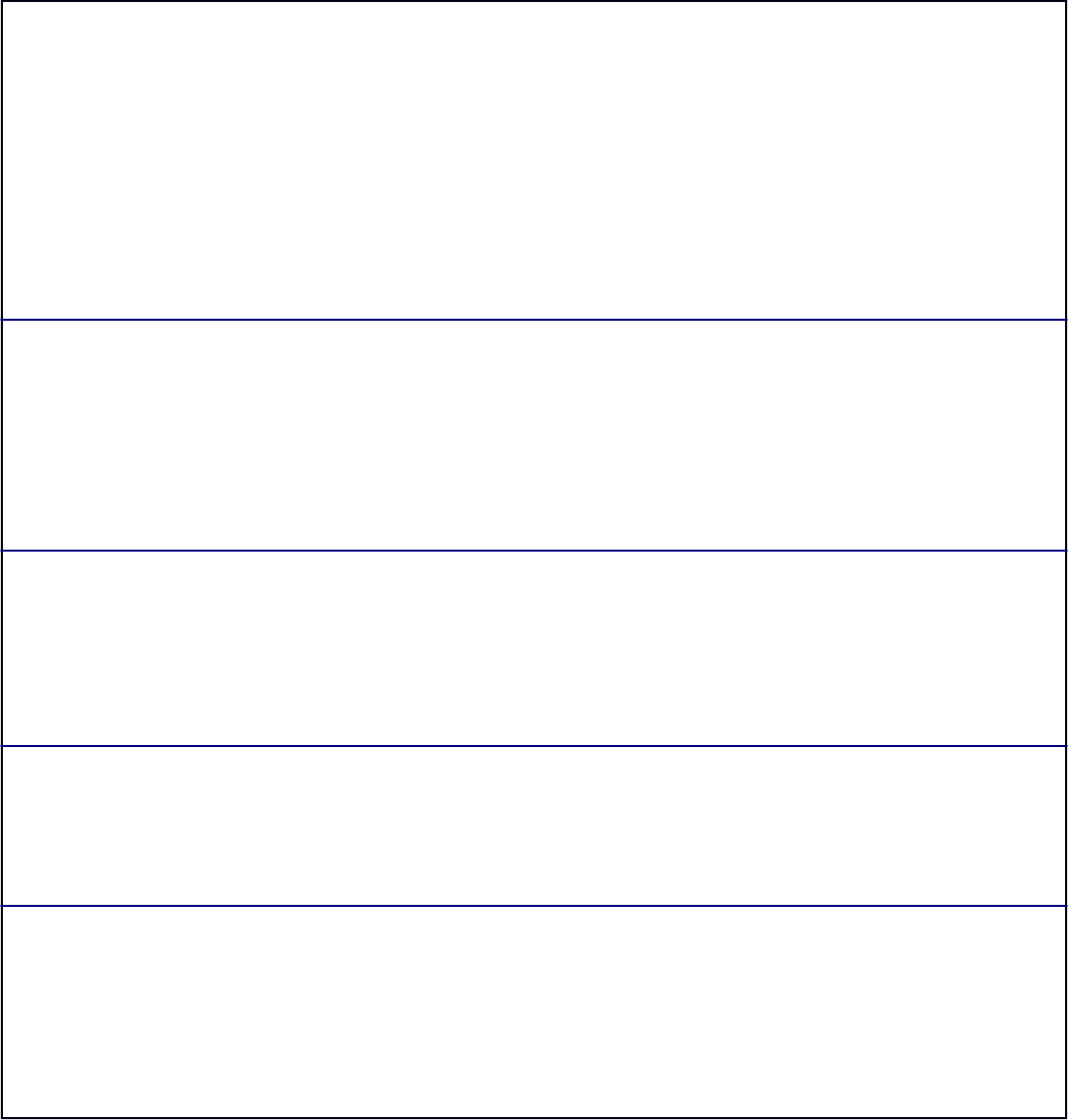
• All in-text citations are followed by a superscript Arabic numeral that corresponds with the entry # in the
REFERENCES section.
• If the work is cited more than once during the paper, use the same entry # for each in-text citation.
• Never put a numerical superscript after a number (e.g. Symptoms have been seen in a sample size of
1,344.³). This looks too much like a mathematical notation.
• Title the section REFERENCES in all caps and left justified.
• The REFERENCES section is single spaced and all entries are left aligned (no indentation).
• Works referenced should be listed in the order they are mentioned in the paper, NOT in alphabetical order.
• When citing a journal article or chapter from a book, use sentence case in the reference list. This means
that only the first letter of the title should be capitalized (unless there is a colon in the title, in which case
the word following the colon gets capitalized).
• When citing the name of a journal or title of a book, capitalize all key words contained in the title.
WHAT IS AMA FORMAT?
AMA format is based on the American Medical Association Manual of Style. This style is
often used for scholarly writing about medicine, other health-related topics, or addition-
al areas in the sciences. The following is a guide to the most frequently used citations
in AMA. Remember to always consult your professor for specific instructions when for-
matting a paper.
Melanoma of the skin is generally identified by certain characteristics;¹ however, recent clinical trials
have shown some of these to be incorrect identifiers of melanoma.²
Book—Single Author: Author. Book Title. Edition number (if 2nd edition or above). City, State
(or country) of publisher: Publisher’s Name; copyright year.
Henry TV. Decontamination for Hazardous Materials Emergencies. 2nd
ed. New York, NY: Cengage Delmar Learning; 1998.

Book—Multiple Authors: Authors (in alphabetical order). Book Title. Edition number (if 2nd edi-
tion or above). City, State (or country) of publisher: Publisher’s Name;
copyright year.
Daosni M, Miller J. Materials-Handling Technologies Used at Hazard-
ous Waste Sites. 2nd ed. Dayton, OH: Noyes Data Publications; 1992.
Book with Editors: Editor(s) (in alphabetical order), eds. Book Title. Edition number (if 2nd
edition or above). City, State (or country) of publisher: Publisher’s
Name; copyright year.
Hayes ER, Kee JO, MuCuiston LE, eds. Pharmacology: A Nursing
Process Approach. Boston, MA: Elsevier Health Sciences; 2005.
Chapter from a Book: Author of chapter. Title of Chapter. In: Author of Book. Title of Book.
City, State (or country) of publisher: Publisher’s Name; copyright year.
Pall MJ, Timmerson WK. Genes and genomes. In: Johnson MA,
Waterman WJ. Biology. New York, NY: Benjamin Cummings; 2004.
*Note: All journal titles are abbreviated using the National Library of
Medicine abbreviations—see section 14.10 of the AMA Manual of Style
for list of approved abbreviations.*
Article from Journal: Author(s). Article title. Journal Name. Year;vol(issue#):inclusive pages.
(single author)
A Guglicci. Antithrombin activity is inhibited by acrolein and homocys-
teine thiolactone: Protection by cysteine. Life Sci. 2008;82(5):413-418.
Article from Journal: Authors. Article title. Journal Name. Year;vol(issue#):inclusive pages.
(multiple authors)
Green JJ, Hutter DE, Till TE. Redox state changes in density-dependent
regulation of proliferation. Exp Cell Res. 1997;75:435-438.
*Note: List ALL authors only if there are six or fewer. If there are more
than six authors, list the first three followed by “et al.”*
Article from Journal: Author(s). Article title. Journal Name. Year;vol(issue#):inclusive pages.
(discontinuous pagination)
Jennings M, Lohr J, Rhoades T. Symptoms of acute appendicitis caused
by primary neuroma of the appendix. Ame Surg. 2007;73(8):1-5.
*Note: A journal either has continuous pagination (meaning that if the
first issue has pages number 1-500, the second issue would have pages
numbered 501-1000 etc.) or discontinuous pagination (meaning that each
new issue begins with page 1).

Online Journals: *Note: The DOI is known as the “digital object identifier” and is located
(with DOI# listed) near the title and author section of the articles in most online journals.
When the DOI# is listed, it is preferable to use that in place of the URL.*
Author(s). Title. Journal Name. Year;vol(issue#):inclusive pages. DOI#.
Published date (if available). Updated date (if available). Accessed
date.
Febbraio MA. Gp130 receptor ligands as potential therapeutic targets for
obesity. J Clin Invest. 2007;117(4):841-849. Doi:10.1172/JCI30453.
Accessed February 6, 2008.
Online Journals: Author(s). Title. Journal Name. Year;vol(issue#):inclusive pages.
(without DOI# Listed) Complete URL. Published date (if available. Updated date (if available).
Accessed date.
Febbraio MA. Gp130 receptor ligands as potential therapeutic targets for
obesity. J Clin Invest 2007;117(4):841-849.
.
Online Journals: Author(s). Title. Journal Name. URL. Publication date. Accessed date.
(without volume/page #)
Edmunds WJ, Siddiqui MR. Cost-effectiveness of antiviral stockpiling
and near-patient testing for potential influenza pandemic. Emerg Infect
Dis Feb 2008. http://www.cdc.gov. Accessed February 6, 2008.
Newspaper Article: Author(s). Title of article. Newspaper Name. Date of Publication:
section/page number.
Jackson KJ. Influenza claims the lives of thousands in rural territory.
Monmouth Daily Sun. April 16, 2007:A1.
Corporate Web Site: Author(s) (if given). Title of the specific item cited (if none is given, use
the name of the organization responsible for the site). Name of the Web
site. URL. Published date. Updated date. Accessed date.
Pfizer. Pfizer Helpful Answers. http://www.pfizer.com/. Accessed
February 6, 2008.
Last modified 7/13/09
